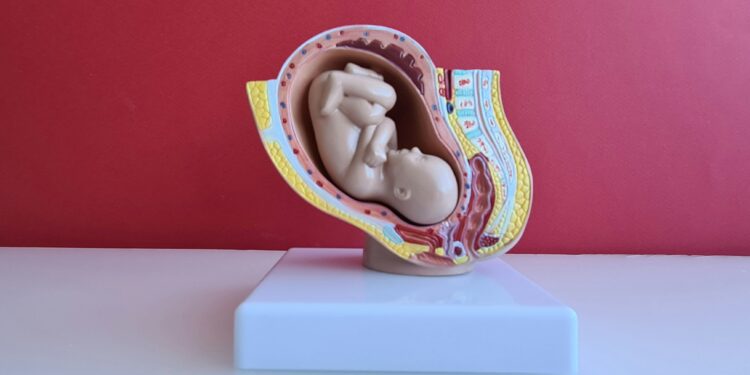The topic of abortion has always been a highly contentious and divisive issue in politics, and it has the power to influence and even determine the outcome of elections, especially in swing states. While it may not be the most important issue in an election – the economy will remain on top – it carries significant weight and deeply impacts the political landscape.
Abortion is a highly personal and sensitive topic that elicits strong emotions and beliefs from individuals on both sides of the debate. And unlike other health issues, the sentiment is strong enough to affect voter turnout. The pro-choice movement advocates for a woman’s right to make decisions regarding her own body and reproductive health, while the pro-life movement argues for the protection of the unborn fetus and the sanctity of life. These deeply entrenched positions often lead to heated debates and divisions among voters – mostly because they are not entirely arguing about the same thing. Abortion can be viewed through many angles, and many of them are not exactly opposites. So when people debate abortion, often they are simply articulating their personal preference, not actually engaging in debate. And that, oddly enough, makes abortion even more of a polarizing issue.
In swing states, where the electorate is more evenly divided between Republicans and Democrats, the issue of abortion can serve as a deciding factor in determining the winner of an election – because it will most strongly influence voter turnout relative to other issues.
Candidates often adopt and promote positions on abortion that align with their party’s platform and appeal to their base of supporters. The goal is not to sway voters to change their beliefs, but to galvanize even more voters who already think this way to go out and vote. This is the critical distinction. Abortion is divisive and politically volatile because it has the ability to increase voter turnout. Politicians, knowing this, are less adept at taking moderate positions on abortion. Rather, they’ll take the extreme position that generates the most voter turnout.
The importance of swing states cannot be overstated in the context of a presidential election. These states have a history of unpredictability and can tilt the outcome in favor of one candidate over the other. That tilting, more than any other factor, is largely determined by voter turnout. Candidates recognize the significance of winning over swing state voters, and they strategically tailor their campaigns to appeal to the concerns and values of these crucial voters who remain on the fences about whether to vote.
This is typically done by special interest groups and advocacy organizations that pour substantial resources into supporting candidates who align with positions that are the most galvanizing to voters. This only exacerbates the divisive nature of the abortion because now the political rhetoric is square and center for voters to absorb. These groups often invest heavily in advertising, grassroots organizing, and get-out-the-vote efforts, amplifying the influence of the abortion issue on the electoral outcome – again, not for well-intentioned debate on the issue, but for garnering voter turnout.
While it is crucial to acknowledge that there are numerous other pressing issues that deserve attention in an election, such as the economy, healthcare, and foreign policy, the divisive nature of abortion often overshadows these concerns in the eyes of candidates who are much more concerned with winning swing voters. The emotional nature of the topic and its resonance with deeply held beliefs tend to monopolize public discourse and drive political deliberation.
The deeply divided opinions and strong emotions attached to the issue make it a decisive factor for many voters. As long as the abortion debate continues to rouse passions and shape political rhetoric, namely for votes, it will remain a critical and controversial topic in elections.















